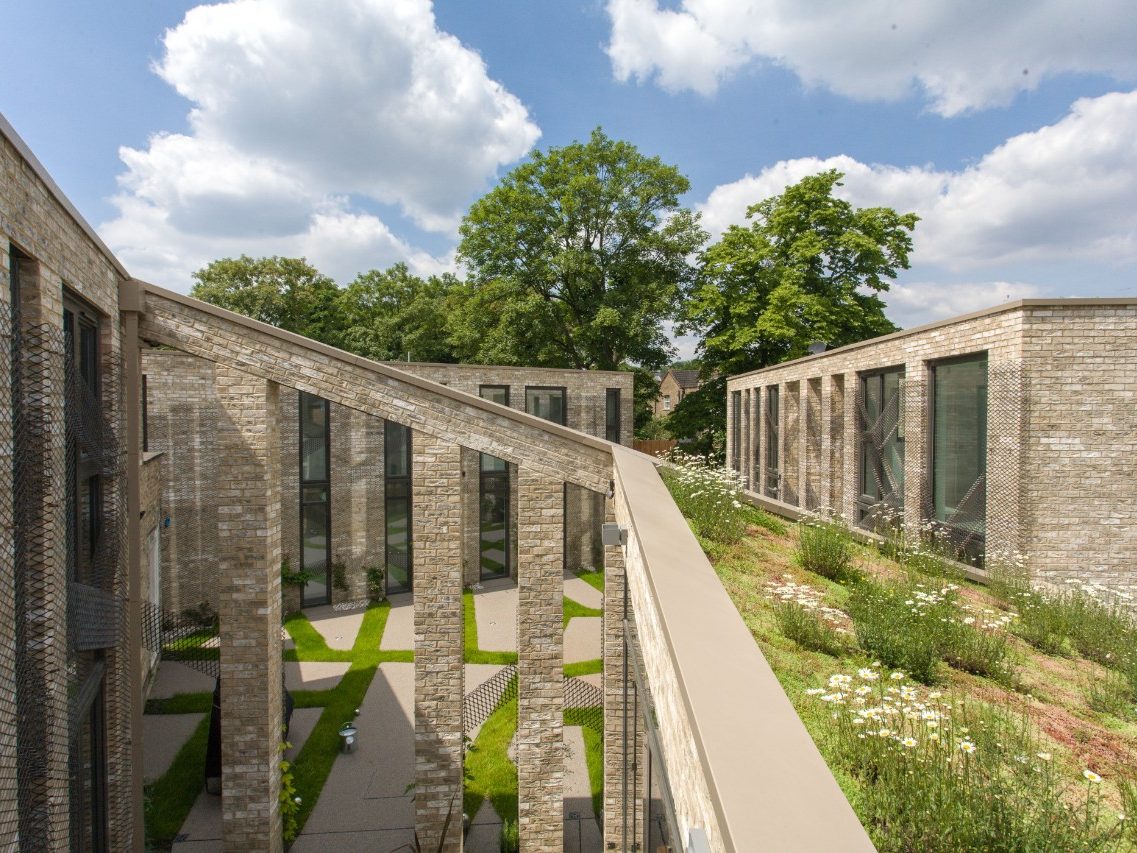Designing a built environment that is net-zero is just one part of the puzzle. Find out why ‘healthy buildings’ could be the future of construction
Businesses across every industry are putting the environmental sustainability firmly on the agenda. Awareness of global events like COP 26, disruptive natural disasters, energy prices sky-rocketing, and increased demand from consumers to offer greener choices are all adding pressure to design and build sustainably.
But while striving to achieve net-zero emissions is an essential part of building for the future, there are other factors that architects, developers and manufacturers in the construction industry need to consider if we’re going to build a world that benefits both people and the planet. Healthy buildings could be the answer.
What is a healthy building?
A healthy building is one that puts human physical, mental and social health at the heart of its design. A truly healthy building might incorporate considerations on everything from indoor air quality, to creating a safe and welcoming space for neurodiverse people (such as people with autism, ADHD, OCD, or many other types of neurodivergence). A new Publicly Available Standard, PAS 6463, will provide guidance on inclusive design in the built environment.
One organisation pushing for the creation of healthy buildings is the Alliance for Sustainable Building Products (ASBP), which is on a mission to “accelerate the transformation to a healthy, low carbon built environment by championing the use of demonstrably sustainable building products.”
As this mission statement suggests, a low carbon built environment should not be achieved at the expense of occupants’ wellbeing. These intertwined issues are at the heart of the ASBP’s ethos.
How do you design a healthy building?
Designing a healthy building requires truly holistic thinking, looking at all aspects of wellbeing whilst also keeping environmental considerations front-of-mind. Factors that someone designing a healthy building or larger development might consider include, but is by no means is limited to, the following:
- Indoor air quality and the potential pollutants released by the materials, contents and uses of a building
- The infrastructure of the built environment, including access for people with varying levels of mobility
- The availability and access to outdoor green spaces, essential for physical and mental health
- The social environment, such as how much the built environment facilitates neighbourhood communities, sharing and socialisation
- The materials used in construction, their environmental impact across the whole life cycle, and their impact on the health of the building’s residents
- The maintenance required for the building and all associated health and environmental costs
- Acoustics and noise pollution
- Lighting quality, considering factors such as flicker, colour temperature and adjustability
- Layout of rooms and positioning of furniture to allow easy and familiar use of the building
All of these factors and numerous others contribute to the healthiness of a building or development, allowing residents and users of the space to live fuller, more enriched lives. These factors should be considered alongside reductions in the embodied and operational carbon of a building.
To find out more about healthy buildings and sustainable building materials, you can read the summary of the Alliance for Sustainable Building Products’ 2022 Healthy Buildings Conference. You can also learn more about Wienerberger’s sustainability strategy to become a net zero, nature-positive business.

